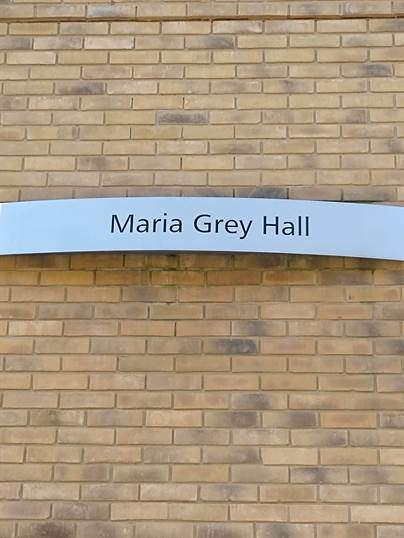For International Women's Day 2022, we take a look at Brunel's buildings which are named after women.
There are currently five buildings named after women.
- Bannerman
- Gaskell
- Maria Grey
- Marie Jahoda
- Mary Seacole.
This is 5 out of 63 buildings, or 8%.
There are 29 buildings named after men (46%), and 29 buildings which are not named after people (46%).
Three of the five buildings are named after influential women from Brunel University London’s past.
Sheila Bannerman
The Bannerman Centre was officially opened in March 2005 by Lord Melvyn Bragg.
Sheila’s association with the University began in 1956 when she enrolled at Acton Technical College for an External London degree in Biology. In 1957 she became one of the first 40 entrants to the new Brunel College of Technology and became the first woman Vice-President of the NUS in 1960. She also represented her colleagues as chair of both NALGO and MSE. She joined Brunel's staff as Senior Technician in Biology in 1959 while continuing her studies part-time. She was made Lab Superintendent in Biology by the mid 1970s, supervising 37 technical staff and managing the departmental budget, and subsequently became University Safety Officer, Deputy Bursar and, from 1986, Director of Services. During this time, her responsibilities covered every aspect of student and staff life. She retired in September 2004, and was made an Honorary Fellow of the university in the same year.
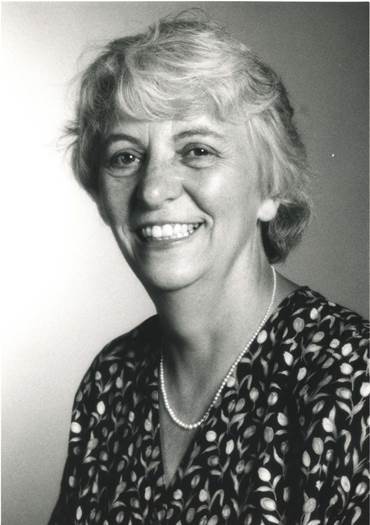
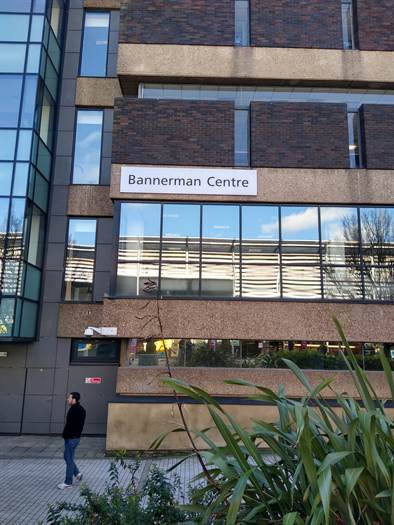
Professor Marie Jahoda
The Social Sciences building was completed in September 1982, and renamed Marie Jahoda Building in 2006.
Marie Jahoda, (1907-2001) was born in Vienna, and trained as a teacher and psychologist in her home city. Forced into exile to the UK between 1937 and 1945 because of her beliefs and activities, she established her new career in New York after the Second World war before joining Brunel College in 1958, when she was appointed director of a new research project established at Brunel College on "Technical Education and Attitudes to work" (subsequently known as the Nuffield Research Project), to examine the effects of the sandwich course system on the attitudes of students to life and work. The project was Brunel's first foray into the social sciences. In 1962 a Department of Psychology was created, building on the staff and experience of the Nuffield Research Project and under the Headship of Professor Jahoda. In 1963 a four-year sandwich course in Psychology began. She played a founding role in the establishment of social science education at Brunel until her departure in 1965 for the University of Sussex.
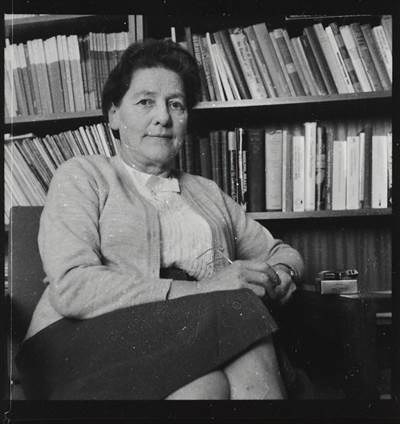
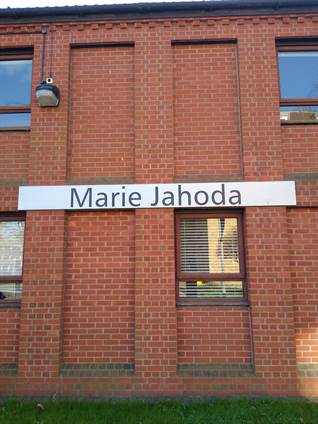
Photo courtesy of University of Sussex Archives.
Maria Grey
Maria Grey Hall opened in 2006.
Maria Grey, (1816 – 1906), took up the twin causes of the professional education of teachers, particularly of women teachers, and the establishment of education as a field of study. She was the creator of the National Union for Improving the Education of Women of All Classes, known as the Women's Education Union (WEU), a pressure group formed to state a case for women's rights to professional recognition as teachers. The WEU initiated two major schemes: the Girls' Public Day School Company and the Teachers' Training and Registration Society (TTRS), set up in 1876. In 1878 the TTRS opened a training college for secondary school teachers in Bishopsgate, London, which was named 'Maria Grey College' in 1886. Maria Grey was also instrumental in the development of the kindergarten movement in the UK. In 1949 Maria Grey College moved to Twickenham. In 1976 Maria Grey College, Borough Road College and Acton and Chiswick Polytechnic were merged to form the West London Institute of Education, which itself became part of Brunel University in 1997.

